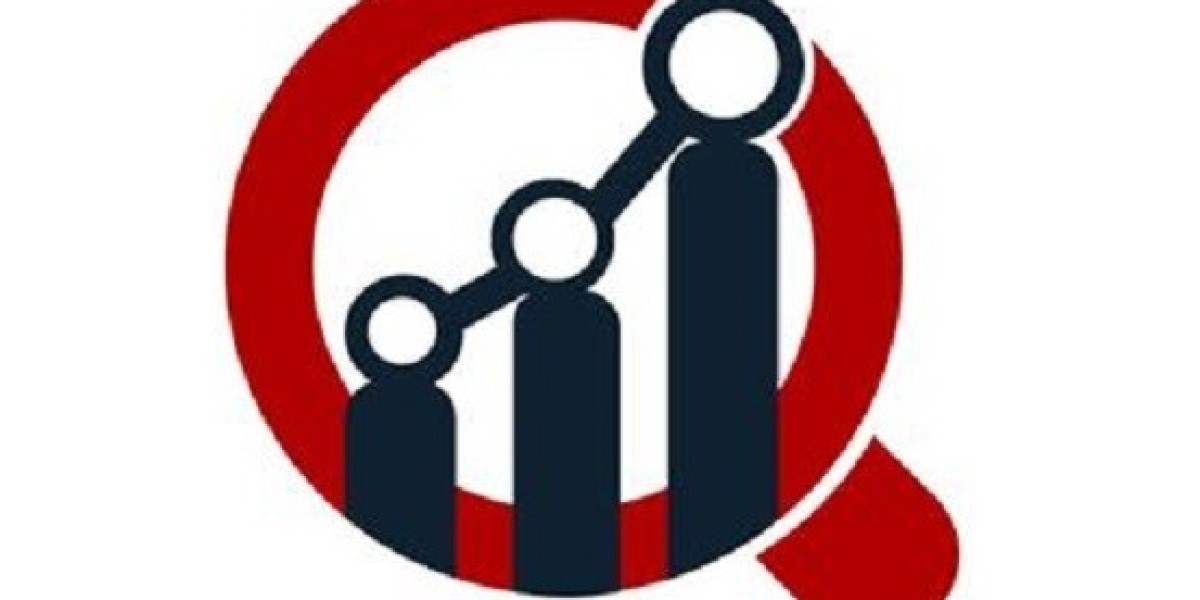Water is one of the most critical resources for human survival, and its management has become a top priority worldwide. The rising demand for clean and safe drinking water has led to advancements in metering technologies, particularly in district drinkable water meters. These meters play a crucial role in monitoring water consumption, reducing wastage, and ensuring sustainable water usage.
Market Overview
The district drinkable water meter market has been witnessing significant growth due to increasing urbanization, stringent government regulations, and the adoption of smart water management solutions. The integration of IoT and AI in water metering systems has further accelerated market expansion.
Key Market Drivers
Growing Urbanization and Population Growth
- The rising global population and urbanization have increased the demand for efficient water distribution systems.
- District drinkable water meters help optimize water usage and reduce wastage, making them essential for modern cities.
Government Regulations and Sustainability Initiatives
- Governments worldwide are implementing strict regulations to ensure water conservation and fair distribution.
- Policies promoting smart water meters are driving market growth.
Technological Advancements in Smart Water Metering
- Innovations such as IoT-enabled meters, real-time data monitoring, and AI-driven analytics are enhancing water management efficiency.
- Smart meters allow remote monitoring, reducing manual errors and operational costs.
Market Challenges
Despite the promising growth prospects, the district drinkable water meter market faces several challenges:
High Initial Investment Costs
- Advanced smart water meters require significant investment in infrastructure, which can be a barrier for developing regions.
Technical and Operational Challenges
- Integration of new technology with existing water distribution systems can be complex.
- Data security concerns and system malfunctions pose additional risks.
Limited Awareness and Adoption in Some Regions
- In rural and underdeveloped areas, the awareness and adoption of smart water meters remain low.
Key Market Trends
1. Increasing Adoption of Smart Water Meters
Smart water meters, equipped with real-time monitoring and leak detection capabilities, are gaining traction. Utilities and municipalities are increasingly investing in digital water metering solutions to enhance operational efficiency.
2. Integration of IoT and AI in Water Management
IoT-enabled water meters provide real-time insights into water consumption patterns. AI-powered analytics help in predictive maintenance, ensuring better resource allocation.
3. Expansion of Public-Private Partnerships (PPPs)
Collaboration between governments and private companies is boosting the adoption of district drinkable water meters. PPP models enable infrastructure development and smart water management solutions.
4. Focus on Sustainable Water Management
With climate change and water scarcity becoming global concerns, sustainability is at the core of modern water management strategies. Smart metering solutions contribute to water conservation efforts.
Future Outlook and Growth Opportunities
The future of the district drinkable water meter market looks promising, driven by technological advancements, regulatory support, and increasing awareness of water conservation. Key players in the industry are investing in research and development to enhance the efficiency and affordability of smart water metering solutions.
Potential Growth Avenues:
- Expansion of IoT-based water management systems.
- Rising investments in water infrastructure development.
- Government subsidies and incentives for smart water metering solutions.
Conclusion
The district drinkable water meter market is experiencing steady growth, fueled by technological advancements, regulatory policies, and the need for efficient water management. While challenges exist, the market’s future remains optimistic, with increasing adoption of smart metering solutions worldwide. Governments, utilities, and technology providers must collaborate to ensure sustainable and accessible water management for all.



